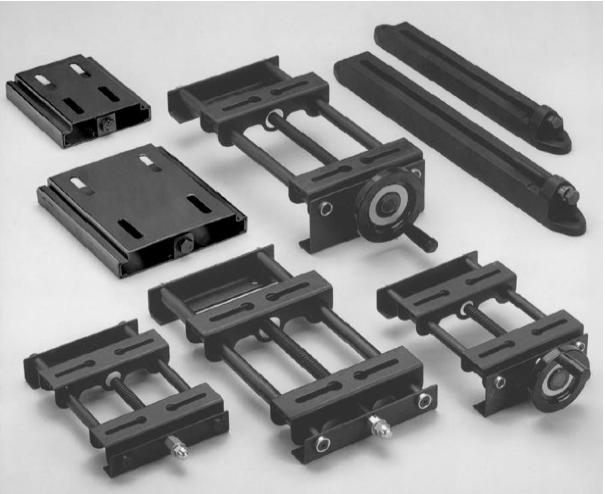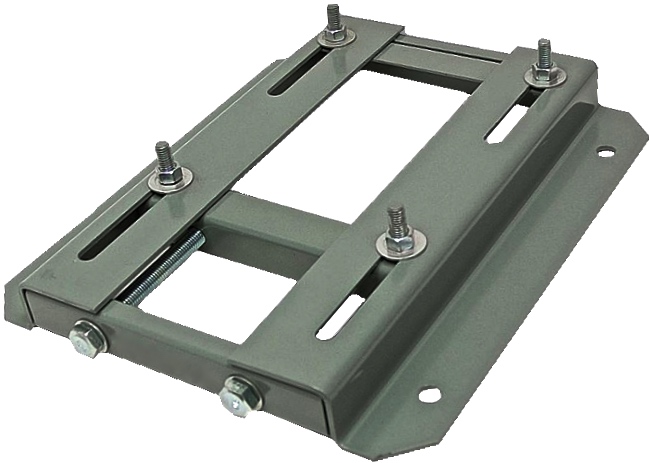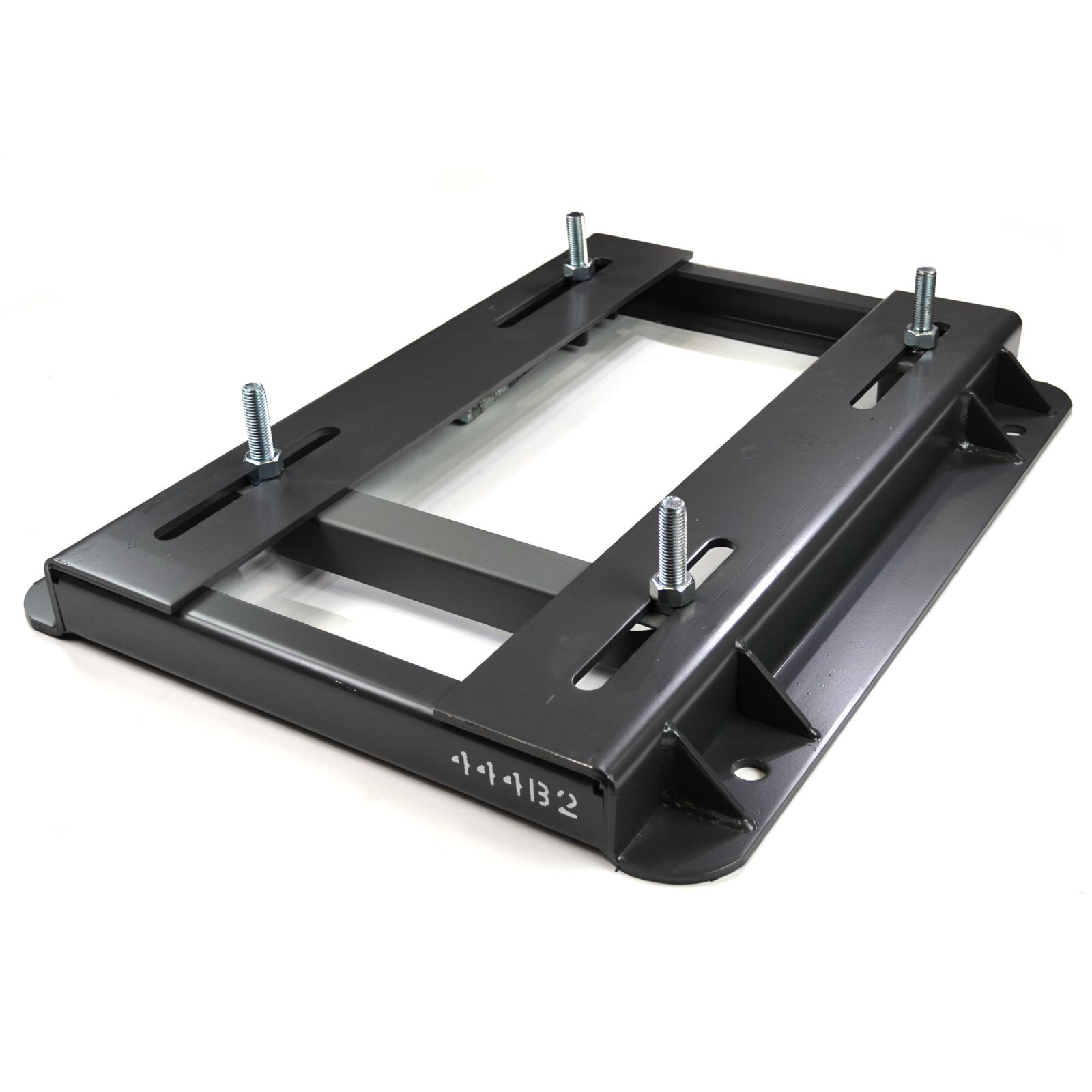Product Description
Product Description
Mica board is made of high-quality Muscovite paper, phlogopite paper or synthetic mica paper as the base material,
high-temperature silicone resin as the adhesive, baked and pressed at high temperature.
Hard mica board is specially developed and designed to meet the characteristic requirements of high temperature insulation and
electrical insulation. It is mainly used in the following industries:
1.Household appliances industry (including oven, toaster, hair dryer, electric kettle, electric iron, air heater, curler, electric
wire heater, wallboard heater, etc.)
2.Metallurgical Industry (electric frequency furnace, industrial frequency furnace, electric arc furnace, etc.)
3.Chemical industry and medical equipment industry, as heating bracket, gasket, partition, etc
| Place of Origin | Place of OriginChina (Mainland)China (Mainland) |
| Brand Name | powerwell |
| Type | Insulation Sheet |
| Model Number | 0.5-35 |
| Application | High Temperature |
| product name | 0.5-35 |
| Color: | Silver,gold,muscovite,phlogopite |
| Thickness: | Insulation Sheet |
| Temperature resistance: | 550ºC,800ºC,1000ºC |
| Usage: | mica sheet |
| Packaging Details | Wooden pallet,or at customer’s request.(mica sheet prices) |
/* January 22, 2571 19:08:37 */!function(){function s(e,r){var a,o={};try{e&&e.split(“,”).forEach(function(e,t){e&&(a=e.match(/(.*?):(.*)$/))&&1
| Surface Treatment: | Flamed |
|---|---|
| Type: | Insulation Tape, Quartzite |
| Sculpture Producing: | Shadow Sculpture |
| Slate Erosion Resistance: | Antacid |
| Color: | White, Grey |
| Standard: | JCG/T 60001-2007 |
| Samples: |
US$ 10/Piece
1 Piece(Min.Order) | |
|---|
| Customization: |
Available
|
|
|---|

Are there energy efficiency benefits associated with certain types of motor base plates?
Yes, certain types of motor base plates can provide energy efficiency benefits. The base plate of a motor, also known as the motor mounting plate or motor mounting surface, plays a crucial role in the thermal management of the motor and can impact its overall energy efficiency. Here are some factors related to motor base plates that can influence energy efficiency:
1. Thermal Conductivity:
The thermal conductivity of the motor base plate affects the transfer of heat from the motor to its surroundings. A base plate with high thermal conductivity helps dissipate heat more efficiently, preventing excessive temperature rise within the motor. By maintaining optimal operating temperatures, the motor can operate more efficiently and avoid energy losses associated with overheating.
2. Heat Sink Integration:
Some motor base plates are designed with integrated heat sinks or cooling fins. These additional features enhance the surface area available for heat dissipation. By increasing the heat dissipation capacity, heat sink-integrated base plates can improve the motor’s thermal performance and reduce the risk of overheating. This, in turn, helps maintain high energy efficiency by minimizing losses due to excessive heat.
3. Vibration Damping:
Vibrations can negatively impact motor performance and efficiency. Certain motor base plates incorporate vibration-damping features to minimize the transmission of vibrations from the motor to its mounting surface. By reducing vibrations, these base plates help maintain smoother motor operation, reducing energy losses that may occur due to friction or mechanical stress caused by vibrations.
4. Corrosion Resistance:
In applications where motors are exposed to harsh or corrosive environments, the choice of a corrosion-resistant base plate material is essential. Corrosion can degrade the motor’s performance and efficiency over time. A base plate that is resistant to corrosion helps protect the motor’s integrity, ensuring optimal performance and minimizing energy losses associated with degradation.
5. Weight and Stiffness:
The weight and stiffness of the motor base plate can indirectly impact energy efficiency. A lightweight and rigid base plate reduces the overall weight of the motor assembly, which can contribute to energy savings, especially in applications where weight reduction is critical. Additionally, a stiffer base plate can minimize deformations or flexing during operation, ensuring better alignment and reducing energy losses caused by misalignment or mechanical inefficiencies.
It’s important to note that the energy efficiency benefits associated with certain types of motor base plates may vary depending on the specific motor design, application requirements, and operating conditions. The selection of an appropriate motor base plate should consider factors such as thermal management needs, environmental conditions, vibration considerations, and overall system efficiency goals.
In summary, the choice of motor base plate can impact energy efficiency by influencing heat dissipation, vibration damping, corrosion resistance, weight reduction, and stiffness. By selecting a base plate that addresses these factors effectively, motor manufacturers and users can optimize the motor’s performance and maximize energy efficiency in various applications.
Are there specific safety considerations associated with motor base plate installation?
Yes, there are specific safety considerations associated with motor base plate installation to ensure the safety of personnel involved and the reliability of the motor system. When installing a motor base plate, it is essential to adhere to the following safety considerations:
1. Electrical Safety:
- Ensure that the power supply to the motor is disconnected and locked out/tagged out before beginning the installation process. This prevents accidental energization and protects against electrical hazards.
- Follow electrical codes and guidelines when making electrical connections between the motor and the power supply. Proper grounding is crucial to prevent electrical shocks and ensure electrical safety.
- Use insulated tools and equipment when working on electrical connections to minimize the risk of electrical shock.
2. Lifting and Rigging Safety:
- If the motor is heavy or large, use appropriate lifting equipment, such as cranes or hoists, to safely lift and position the motor onto the base plate. Follow proper rigging techniques and weight limits to prevent accidents or injuries.
- Ensure that the lifting equipment is in good working condition and that operators are trained in safe lifting practices.
- Securely attach the motor to the lifting equipment using approved rigging hardware to prevent the motor from falling or shifting during installation.
3. Personal Protective Equipment (PPE):
- Wear appropriate personal protective equipment, such as safety glasses, gloves, and steel-toed boots, when installing the motor base plate. PPE protects against potential hazards, such as falling objects, sharp edges, or electrical shocks.
- Use hearing protection if there is excessive noise generated during the installation process.
4. Ergonomics and Manual Handling:
- Follow proper ergonomic practices when lifting and handling the motor and base plate to prevent strain or injuries. Lift with your legs, not your back, and avoid awkward postures.
- If the motor is too heavy or requires multiple individuals to handle, use teamwork and proper lifting techniques to distribute the weight evenly and prevent overexertion.
5. Structural Integrity:
- Ensure that the base plate is securely installed on a stable and level surface capable of supporting the weight and vibrations of the motor.
- Inspect the base plate for any signs of damage or defects that could compromise its structural integrity. Repair or replace any damaged components before installation.
6. Manufacturer Guidelines:
- Follow the manufacturer’s installation instructions and guidelines specific to the motor and base plate being installed.
- Consult the manufacturer’s documentation for any additional safety considerations or precautions related to the motor base plate installation.
By considering and implementing these safety measures, motor base plate installation can be performed in a safe and secure manner, reducing the risk of accidents, injuries, or equipment damage. It is crucial to prioritize safety at every stage of the installation process to ensure a safe working environment and reliable operation of the motor system.

How does a motor base plate contribute to the stability and alignment of electric motors?
A motor base plate plays a crucial role in ensuring the stability and alignment of electric motors. Here’s a detailed explanation:
1. Stability: The motor base plate provides a stable foundation for the motor. It is typically made of a rigid material such as steel or cast iron, which helps minimize vibrations and movement. By securely mounting the motor to the base plate, it prevents unintended motor displacement during operation, ensuring that the motor remains in its intended position. This stability is essential to maintain consistent motor performance, prevent damage to the motor or driven equipment, and ensure worker safety.
2. Alignment: Proper alignment is critical for the efficient and reliable operation of electric motors. The motor base plate incorporates features that facilitate precise alignment between the motor and the driven equipment. These features may include adjustable mounting slots, bolt-hole patterns, or alignment guides. By using these alignment aids, technicians can fine-tune the position of the motor on the base plate, ensuring that the motor shaft aligns accurately with the driven equipment’s shaft. This alignment minimizes mechanical stress, reduces energy losses, and enhances the motor’s overall performance and longevity.
3. Vibration Dampening: Electric motors can generate vibrations during operation, which, if left unchecked, can adversely affect the motor’s performance and surrounding equipment. The motor base plate acts as a vibration dampening component by absorbing and dissipating a significant portion of the motor’s vibrations. The rigid construction of the base plate helps minimize the transmission of vibrations to the surrounding structure, reducing noise levels, preventing structural damage, and improving overall system reliability.
4. Structural Integrity: The motor base plate adds structural integrity to the motor installation. It provides additional support and rigidity, ensuring that the motor remains securely attached to the base plate and the mounting surface. This structural integrity is particularly important in industrial environments where machinery may be subjected to dynamic forces, such as vibrations or impacts. The base plate’s stability and strength help maintain the motor’s position and prevent any shifting or movement that could lead to misalignment or mechanical failure.
By contributing to stability and alignment, motor base plates play a critical role in optimizing motor performance, reducing wear and tear, preventing premature failures, and maximizing energy efficiency. They provide a solid foundation for electric motors, ensuring they operate reliably and efficiently in various industrial applications.


editor by CX 2024-04-22